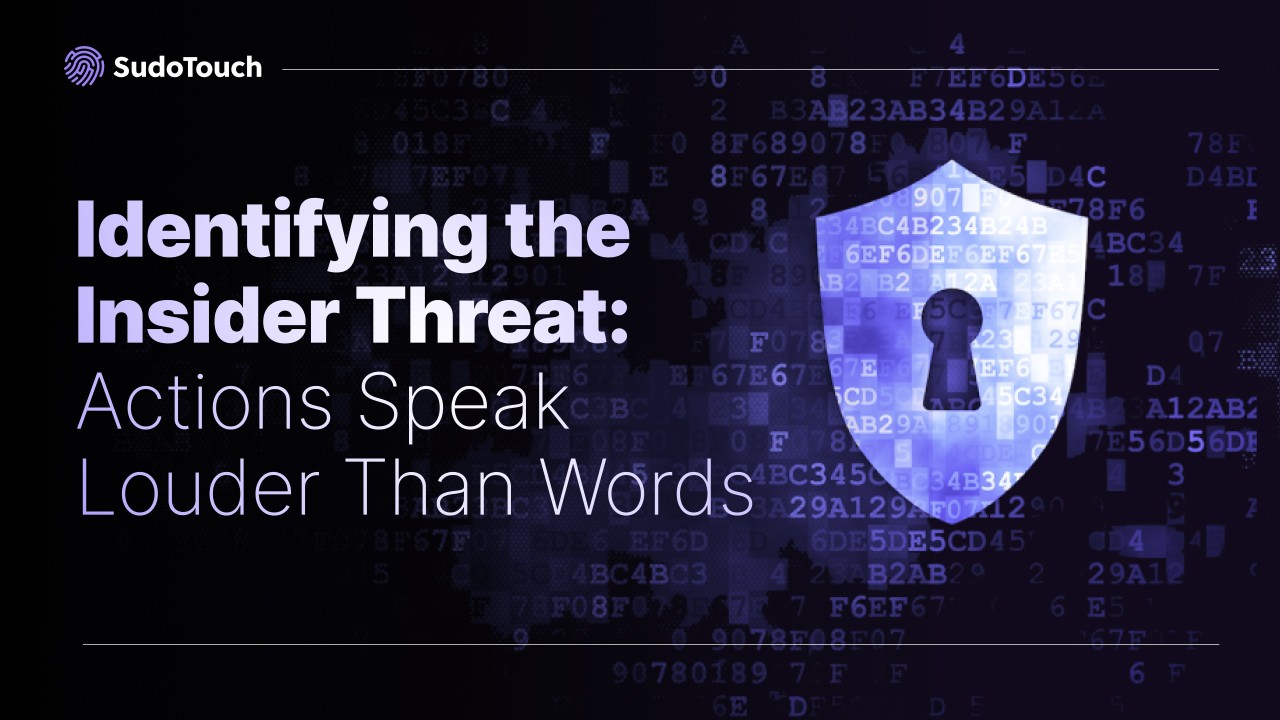In the evolving landscape of national security, artificial intelligence presents a unique challenge that extends beyond conventional cyber threats. While much attention focuses on AI's potential to compromise classified systems or enable social engineering, a more subtle but equally concerning trend is emerging: the weaponization of AI for religious extremism.
Good Intent Exposes Dangerous Capabilities
Religious organizations worldwide are experimenting with AI to expand their reach. Churches and religious leaders use AI to generate sermon content, create personalized spiritual guidance, and maintain round-the-clock engagement with their congregations. These applications demonstrate AI's powerful ability to understand, replicate, customize, and scale religious messaging—a capability that extends far beyond its intended use.
From Innovation to Security Concern
Security professionals must recognize that the same AI capabilities powering legitimate religious outreach can be repurposed for extremist causes. Unregulated AI models, available globally, enable bad actors to:
- Generate massive volumes of religiously-motivated content that appears authentic and authoritative
- Personalize extremist messaging for specific demographic and psychological profiles
- Create deep-fake sermons and religious lectures that mimic trusted religious figures
- Automate recruitment processes through intelligent chatbots and social media engagement
- Scale operations across multiple languages and cultural contexts simultaneously
An Insidious Threat
The true security concern lies in AI's ability to amplify extremist messaging and encourage behaviors that wouldn’t otherwise occur. Traditional extremist content relies on human-to-human transmission, limiting its reach and scale. AI removes these limitations, enabling:
- Exponential content distribution across multiple platforms
- Rapid adaptation of messaging based on engagement metrics
- Dynamic content evolution that responds to cultural and current events
- Seamless localization for different regions and communities
Implications for Security Clearance Programs
For security professionals managing cleared personnel, this evolving threat requires enhanced vigilance. If an individual truly believes their actions are righteous, these actions or intentions become paramount. If the sophistication of AI-generated extremist content is believed as fact, it makes it increasingly difficult to rely on self-reporting, or to recognize dangerous behavior without betraying the expectation of privacy in personal religious practices. Consider the direct effects to these requirements:
- Self reporting and assessments
- Continuous evaluation programs
- Insider threat detection
- Security awareness training

Moving Forward Requires a Balanced Approach
Addressing this challenge requires a nuanced approach that respects religious freedom while protecting national security interests. Standardized security management programs, such as SCINET, ensure that geographically separated units utilize uniform and compliant processes. Security programs should:
- Ensure standardization of control of access to classified information
- Tracking of threat awareness training to include examples of AI-driven propaganda
- Track and trend data of reported problems for emerging AI-driven threats
- Provide an overview, at an enterprise level, of problematic trends based upon adjudicated revocation of access for any reason(s)
Stay Informed: Protect Individual Rights
The intersection of AI and religious extremism represents a new frontier in security challenges. As security professionals, our role is not to restrict or question legitimate religious expression but to understand and prepare for how emerging technologies can be misused by our adversaries in asymmetrical warfare. By staying informed and adaptive, we can better protect our citizens and resources while preserving the religious freedoms we're sworn to defend.








